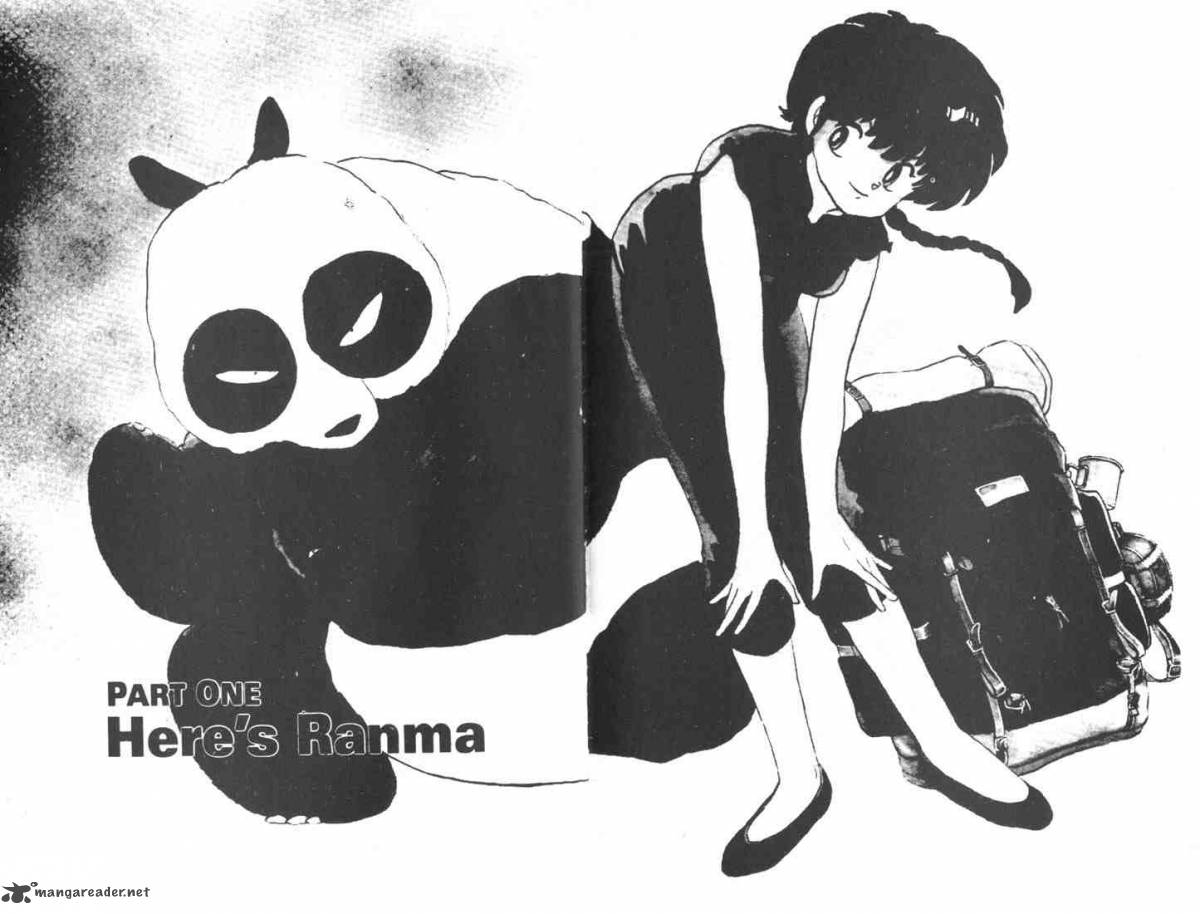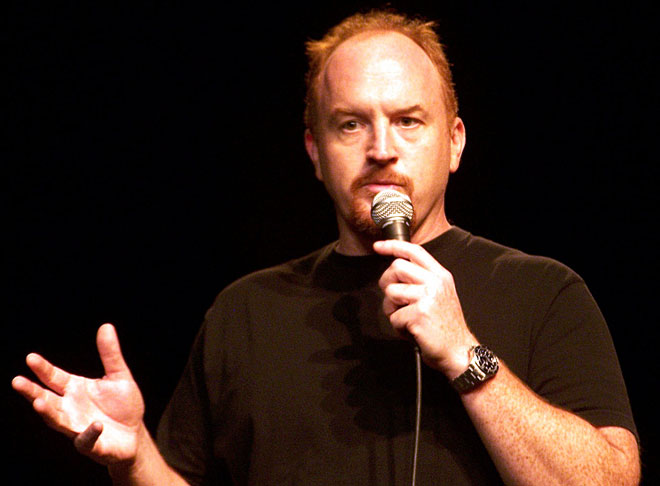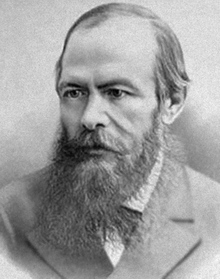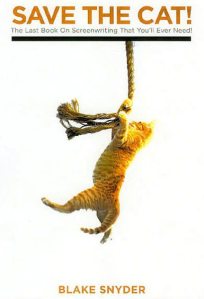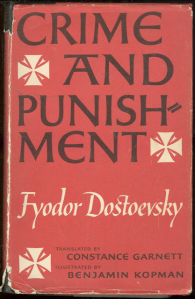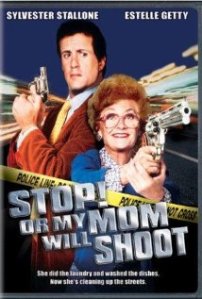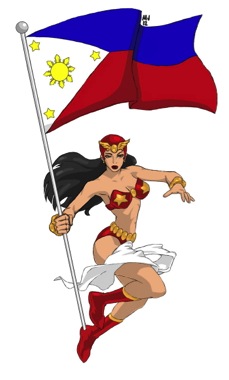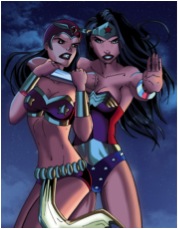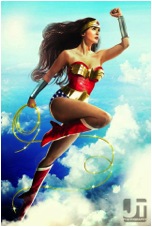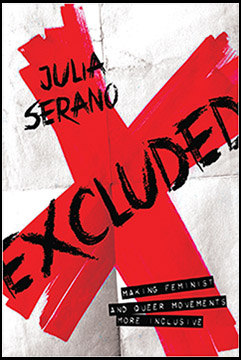I can’t seem to gin up the expected outrage about Game of Thrones’ most recent controversial rape scene. From Senator Claire McCaskill’s tweet that “Gratuitous rape scenes are disgusting and unacceptable” to Joanna Robinson’s article “Game of Thrones Absolutely Did Not Need to Go There with Sansa Stark,” many are angry over the nature of the scene. The outrage is to some extent understandable: a beloved main character is raped by a man who was already clearly in the “bad guy” camp. The scene altered the plot line in the book, making Sansa rather than Jeyne Poole the victim. The camera leaves the viewer with Theon’s miserable face, a fact to which Sarah Ditman responded “Apparently violence against a woman counts for more if it distresses a man.” That said, the bulk of my reaction to these critics can be summed up in Amanda Marcotte’s fabulously patient, clear delineation of the flaws in each objection. She does, however, neglect one major point that made me appreciate the scene in an unexpected way—we as viewers are asked to identify with—or empathize with—the right character given the viewership. Before I clarify that argument, let me pace out a few questions in terms of fiction and real-life correlates.
What constitutes a “gratuitous” rape scene? Dividing rape scenes between “justified” and “unjustified” already seems to be treading into very hazy moral territory. While I’m talking about works of fiction, much of the fan resentment is centered around the fact that many women in the non-fictional universe are raped, and that when rape is depicted in film, television, or literature, it should be done in such a way that:
- Does not make rape “sexy.”
- Makes sense in terms of what came before in the plot
- Focuses on the victim character.
I’m not entirely convinced that demanding that rape scenes adhere to a certain set of rules necessarily serves the audience’s best interests. Rape in real life is often as confusing as it is terrifying, and rape in fiction should better reflect the complexities of the crime. In Sapphire’s Push, the incestuous rape scene that opens the novel also includes the victim feeling sexual pleasure in spite of her fear, anger, and confusion. When I first read that scene, I was appalled. In retrospect, given what follows, this depiction makes sense in terms of carefully crafting the utter lack of clarity in the main character’s world. Of course, this was a novel that resisted identification at every turn.
The second parameter insists that the rape be a legible, understandable outcome of previous plot points. I find this to be the weirdest expectation. Rape in real life tends to happen unexpectedly. Retroactive attempts to impose meaning or narrative arc on the events leading up to a rape generally focus on how the victim could have made different choices and thus avoided the rape—which, of course, is the type of victim-blaming we don’t want to see in relation to rape cases. Furthermore, claiming a desire for understanding why it happened tends to also naturalize rape as a logical outcome of some series of events, rather than a grotesque violation.
Why can rape only be included in a work when it “drives the plot forward”? The question of plot works both prior to the rape scene and after the rape scene. The rape scene must have meaning, some argue, and it must be a transformative experience that later results in the character who was victimized having more agency and a stronger sense of self. Well, yes, that would be ideal, but it neglects the fact that rape doesn’t always bring about a radical transformation of a character, and that the expectation of this transformation is… creepy. After all, this isn’t exactly what we’d like to see modeled as a “rite of passage” for young women.
It’s true that the rape of a woman has too often been used as a device to galvanize male characters into action (see Gail Simon’s Women in Refrigerators). But it also remains true that rape doesn’t only affect the victim. Sexual violence is a poison that affects society. While it disproportionately directly affects women, the effects of sexual violence are as far-reaching as its prevalence, and it’s worth considering that when we speak out against rape. Rape damages at physical and psychological levels, and those wounds reach out like skeins of telephone wire, transmitting pain and fear and confusion wherever they land. While I do not mean to argue “but what about the menz?!”, anecdotally, I’ve seen many men care more about the sexual violence visited upon women when it happens in some social proximity. In addition, because they are so often given scripts of vengeance for the violation of “their” woman, they find themselves impotent in the face of a society that tends to frown upon vigilantism, no matter how warranted.
At the level of fiction, men are capable of investing in female characters (although the evidence points towards the fact that most of us identify less with female than male characters). And for me, this is the site of the brilliance of this particular representation of rape in Game of Thrones. The assumed audience is male. While the viewership skews slightly male, it’s considerably more evenly divided than one might expect given the subject matter. With that said, even female audience members—in light of the data—are more likely to judge female characters (and real women in their lives) harshly, an attitude that extends to sexual violence.
Rather than focusing on the sadistic Ramsey, which would have repulsed the audience, or co-opting Sansa’s point-of-view, which would have allowed viewers to vicariously adopt the mantel of “victim-heroine,” they instead chose to focus on Theon. This choice is absolutely essential to the ethical project of the show because it subtly indicts the viewer (assumed male, but also assumed to judge female characters) for standing idly by while the rape epidemic unfolds—quite obviously—all around them.

